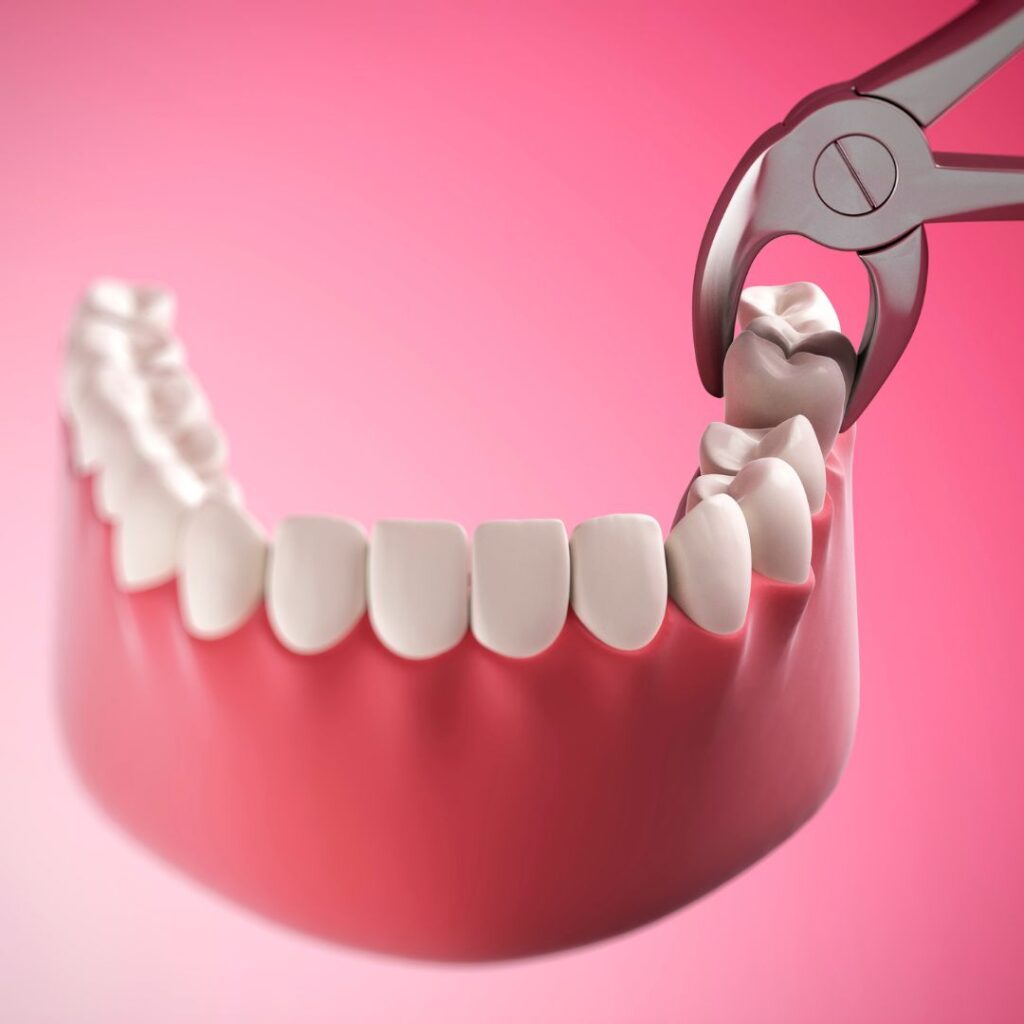When Is Tooth Removal The Right Option?

Once a natural tooth is gone, it’s final. But saving broken-down teeth is possible if you use proper buildups followed by proven restorative procedures. Dr. Gordon Christensen outlines what to consider.
Is the patient serious about keeping their teeth?
I don’t suggest trying to convince a doubting patient to keep their teeth. Provide proven information about the undesirable conditions following tooth removal as well as the few desirable ones. Be logical and factual as you educate your patient and let them have a part in making the decision. Make sure you have adequate informed consent signed by the patient. For tooth retention to be successful, significant commitment and behavior changes are required on the part of the patient.
Do other broken-down teeth in the same patient require similar treatment?
In patients requiring many tooth buildups, there are negative factors to consider. Buildups and crowns require optimum oral hygiene. If the patient has not practiced adequate oral hygiene, they probably won’t start now. The patient must be committed to changing their oral hygiene behavior and possibly their diet.
The financial investment of multiple buildups, some endodontic treatment, posts and cores, and crowns may be impossible for the patient to manage. If financial help is available, this may not be an impediment.
Tooth Removal Summary
There’s no restorative substitute with the same positive characteristics as a natural tooth. Both the doctor and patient should give careful consideration to the removal of any natural tooth. Once teeth are removed, it’s final; they can’t be replaced. Decisions about tooth removal are difficult to make because there are so many things to consider. I suggest that dentists provide detailed informed consent for patients that allows them to make the best decisions for their situation. Saving broken-down teeth is possible when using proper, proven retentive buildups and the restorative procedures described in this article.